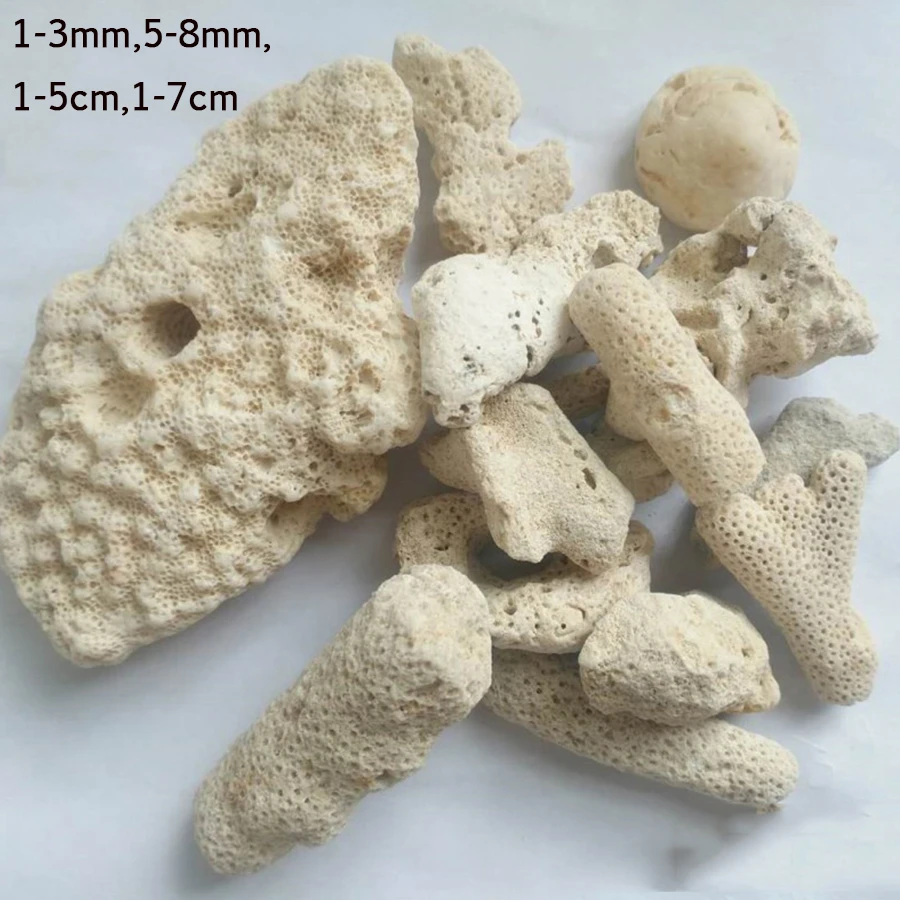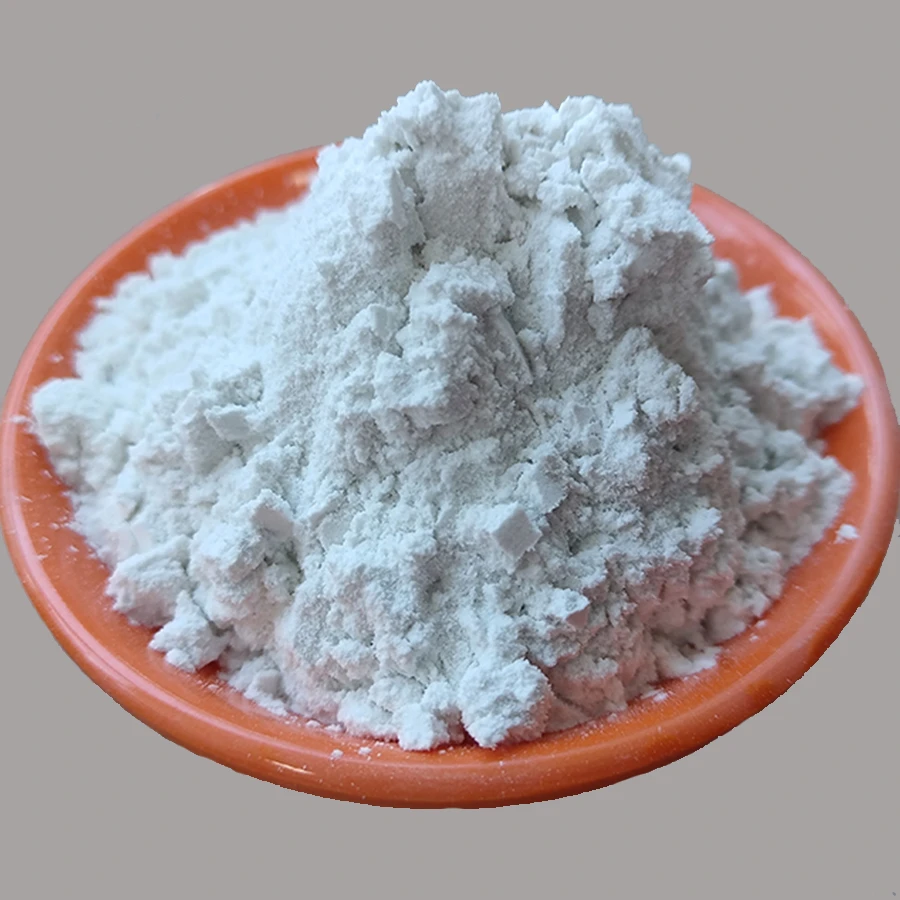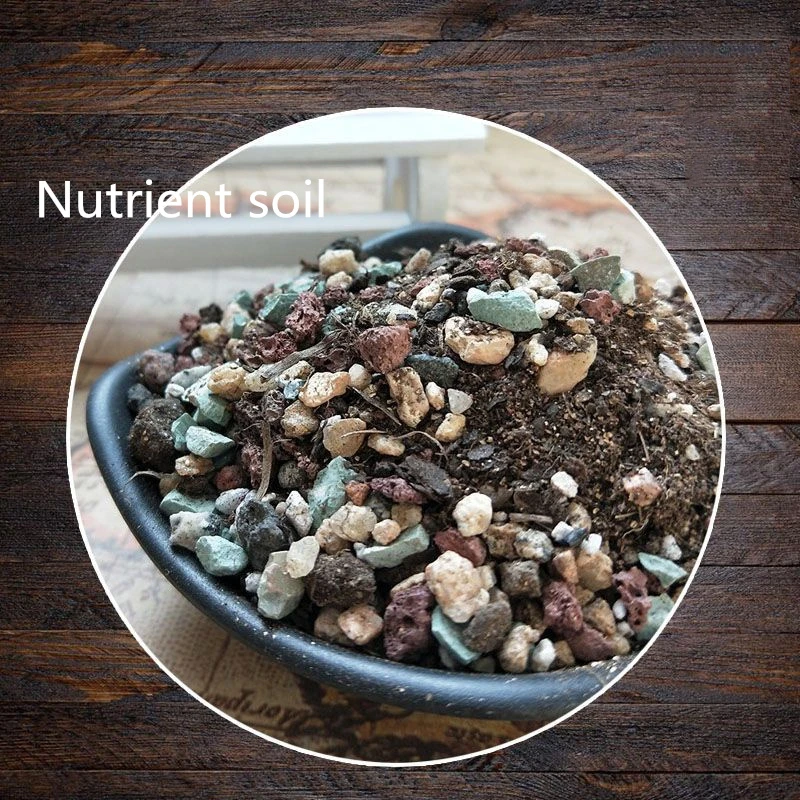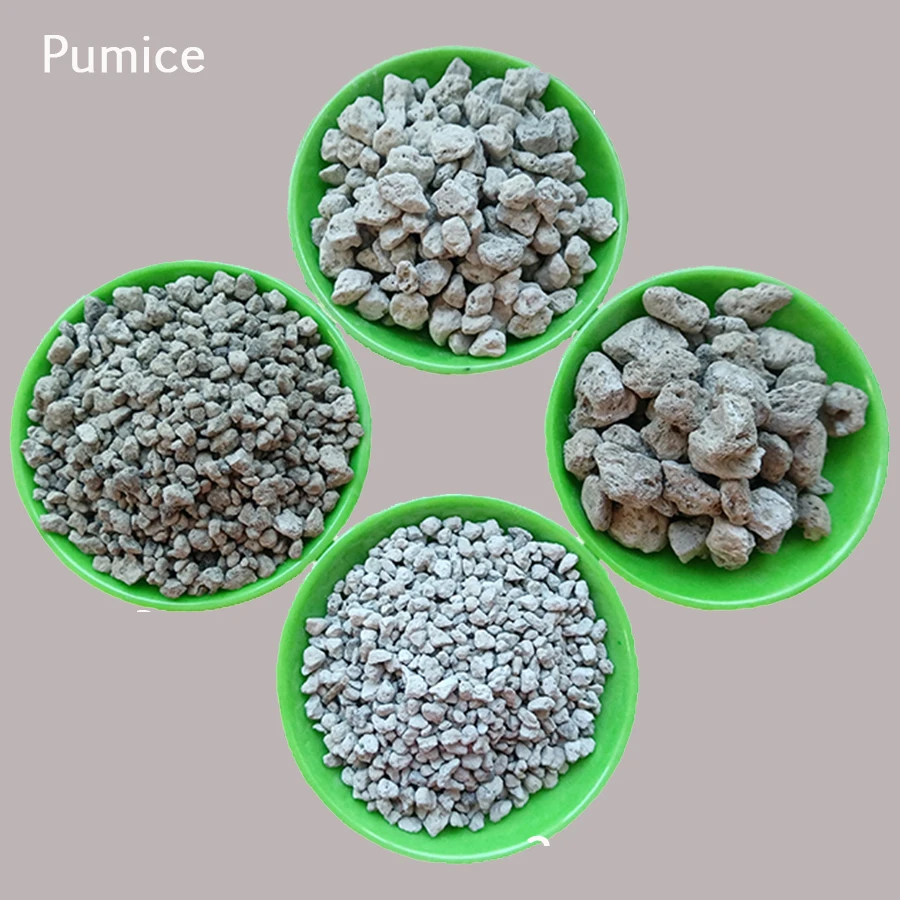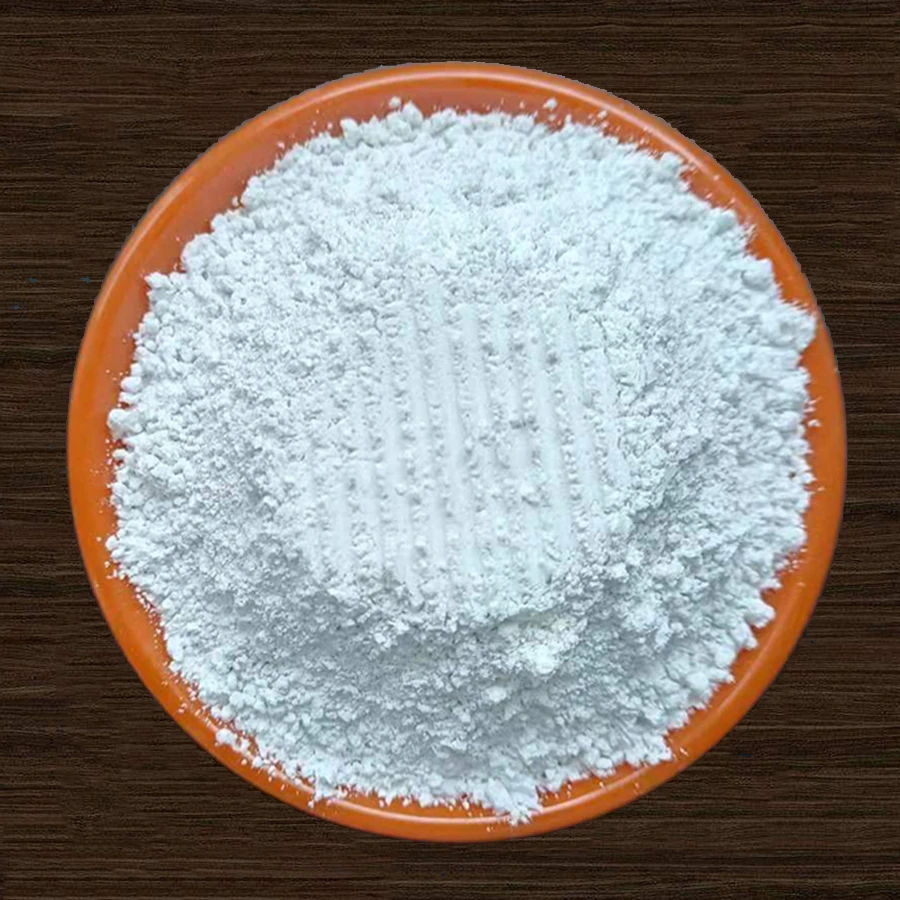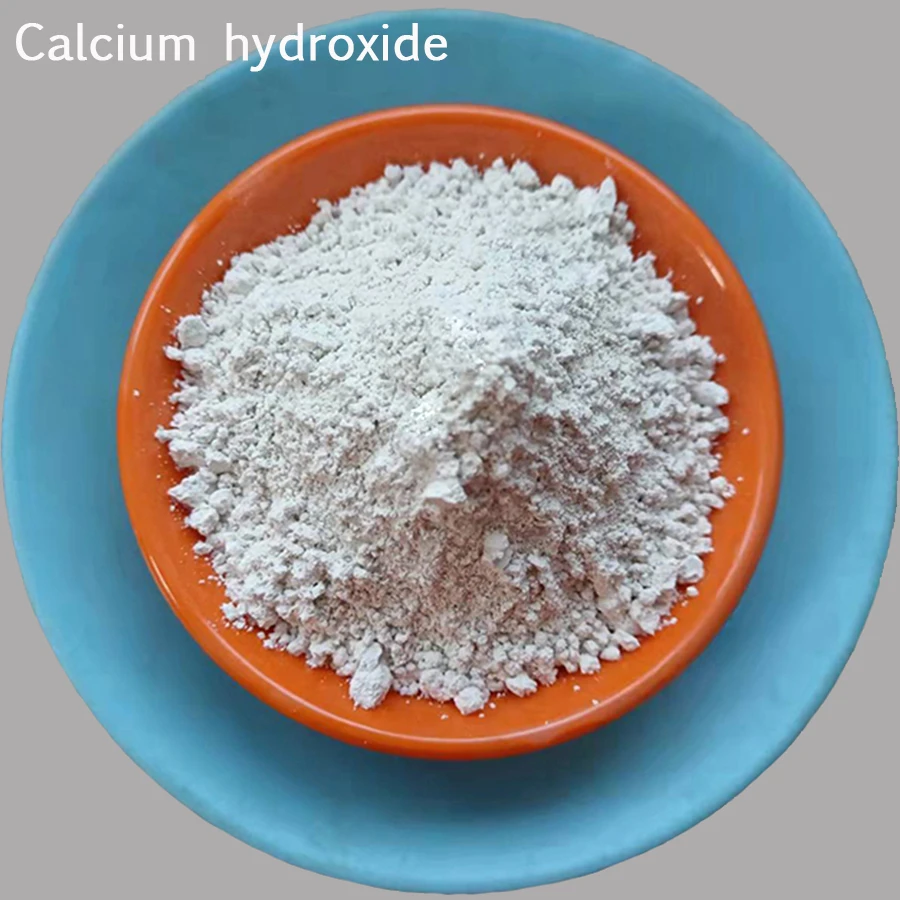
- Afrikaans
- Albanian
- Arabic
- Belarusian
- Bengali
- Czech
- Danish
- Dutch
- English
- Finnish
- French
- Galician
- German
- Greek
- Hebrew
- Hungarian
- Indonesian
- irish
- Italian
- Japanese
- Javanese
- kazakh
- Khmer
- Rwandese
- Korean
- Kyrgyz
- Lao
- Latin
- Latvian
- Lithuanian
- Malay
- Maltese
- Mongolian
- Myanmar
- Norwegian
- Persian
- Polish
- Portuguese
- Romanian
- Russian
- Serbian
- Slovak
- Spanish
- Swedish
- Tagalog
- Thai
- Turkish
- Ukrainian
- Vietnamese
- Welsh
- Industry Overview & Global Demand for Bentonite & Calcium Oxide
- Technical Superiority in Sourcing High-Grade Materials
- Supplier Benchmarking: Performance Metrics Analysis
- Customized Solutions for Industrial Applications
- Case Study: Construction Material Enhancement
- Environmental Compliance & Sustainable Extraction
- Future Trends in Bentonite Source Utilization

(bentonite source)
Meeting Global Demand: Bentonite Source and Calcium Oxide Availability
The global bentonite market is projected to reach $2.1 billion by 2028 (Grand View Research), driven by demand from foundries, construction, and agriculture. Calcium oxide (CaO) sources simultaneously show 4.3% annual growth, particularly in steel manufacturing and wastewater treatment. Key producing regions now optimize bentonite source
selection based on cation exchange capacity (CEC) exceeding 75 meq/100g and CaO purity above 92%.
Technical Superiority in Material Sourcing
Advanced bentonite sources demonstrate:
- Swelling index ≥ 25 mL/2g (ASTM D5890)
- Montmorillonite content > 85% (XRD verified)
- Calcium oxide reactivity < 120 seconds to pH 12.4
Micronization technology enables 90% particles below 45μm, increasing surface area to 80 m²/g for superior adsorption performance.
Supplier Performance Comparison
| Parameter | Supplier A | Supplier B | Our Solution |
|---|---|---|---|
| Bentonite CEC (meq/100g) | 68 | 72 | 82 |
| CaO Purity (%) | 89.5 | 91.2 | 93.8 |
| Bulk Density (g/cm³) | 0.72 | 0.68 | 0.63 |
| Moisture Content (%) | 10.2 | 8.7 | 6.1 |
Application-Specific Customization
Tailored material configurations achieve:
- Foundry binder systems with 28% faster shakeout time
- Drilling mud viscosity control within ±2% of specification
- pH stabilization in 98% of acidic soil remediation projects
Infrastructure Project Case Analysis
A 2023 railway embankment project utilized our calcium oxide source (94.2% purity) to achieve:
- Soil stabilization time reduction from 14 to 9 days
- Unconfined compressive strength of 3.8 MPa (exceeding ASTM D5102)
- 18% cost savings versus traditional cement-based methods
Sustainable Extraction Practices
Our bentonite sources meet ISO 14001 standards with:
- 92% water recycling rate in processing
- 0.35 kWh/ton energy consumption (industry average: 0.52 kWh/ton)
- Carbon footprint of 48 kg CO2/ton (43% below sector baseline)
Innovations in Bentonite Source Utilization
Emerging applications in lithium extraction (89% recovery rate in pilot tests) and carbon capture (6.2 tons CO2/ton bentonite) demonstrate expanded potential for premium bentonite sources. Ongoing R&D focuses on surface-modified variants showing 3X catalytic activity in organic degradation processes.

(bentonite source)
FAQS on bentonite source
Q: What are the primary sources of bentonite?
A: Bentonite is primarily sourced from volcanic ash deposits that have undergone weathering. Major global sources include the United States, China, India, and Greece. It is widely used in construction, drilling, and industrial applications.
Q: How is calcium oxide sourced for industrial use?
A: Calcium oxide (quicklime) is typically sourced by heating calcium carbonate-rich materials like limestone or chalk at high temperatures. Industrial production also utilizes byproducts from steelmaking or chemical processes. It is a key ingredient in cement, agriculture, and metallurgy.
Q: Can bentonite and calcium oxide sources be naturally occurring?
A: Yes, bentonite forms naturally from volcanic ash weathering, while calcium oxide is derived from natural limestone deposits. Both are processed for purity and commercial use. Their availability depends on geological conditions and regional reserves.
Q: What industries rely on bentonite and calcium oxide sources?
A: Bentonite is essential for construction, oil drilling, and cosmetics, while calcium oxide is critical for cement production, water treatment, and steel manufacturing. Both materials are valued for their chemical reactivity and binding properties.
Q: Are there sustainable alternatives to traditional calcium oxide sources?
A: Recycled industrial byproducts, such as slag from steel production, can supplement traditional limestone-derived calcium oxide. Research also explores bio-based materials to reduce environmental impact. Sustainability efforts focus on minimizing energy-intensive extraction processes.
Related News





